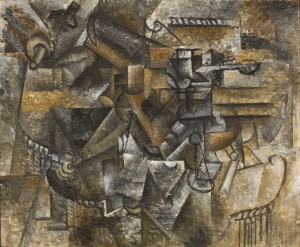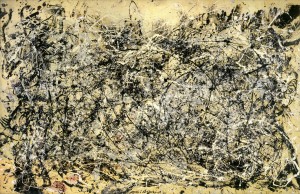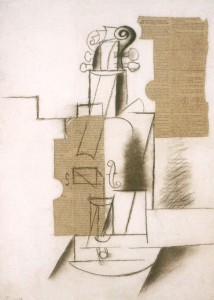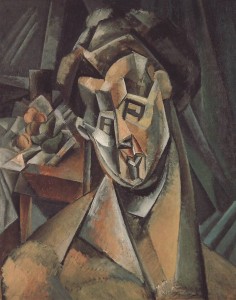
Picasso (and Warhol) and Things
The combination of flatness, enframing, and the implied interchangeability of consumer goods that we see in Warhol’s Soup Cans is both characteristic and telling. In front of such works, I can only think of what the philosopher Martin Heidegger referred to as the “standing reserve.” Insofar as our present sense of reality is shaped by the technological age in which we live, we increasingly treat all entities, Heidegger claimed, as intrinsically meaningless “resources,” a “reserve” standing by merely to be optimized and ordered for maximally flexible use.





